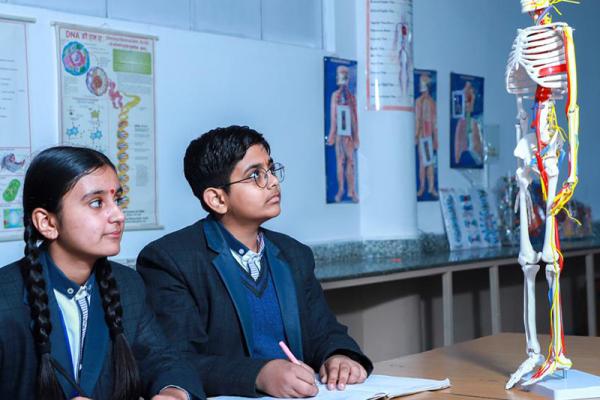
Unlocking Potential: Innovative Teaching Strategies in Our Classrooms
- Naveen
- Jul 09, 2025
- 0
In today’s rapidly evolving educational landscape, teaching is no longer just about delivering content—it’s about unlocking potential. With students facing an ever-changing world, educators must adopt innovative strategies that not only engage but empower. Let’s explore some of the most impactful and creative teaching methods being used in classrooms to spark curiosity, build critical thinking, and nurture lifelong learning.
1. Flipped Classrooms: Making Learning Active
The traditional classroom model is being turned on its head. In a flipped classroom, students absorb new content at home—often through videos or readings—and spend class time engaging in discussions, problem-solving, and projects. This approach maximizes face-to-face time for collaboration and deeper understanding, allowing teachers to act more as facilitators than lecturers.
Why it works: It promotes active learning, personalization, and student autonomy.
2. Project-Based Learning (PBL): Learning by Doing
Project-Based Learning immerses students in real-world challenges, encouraging them to research, collaborate, and create meaningful solutions. Whether it's designing a sustainable city, developing a marketing plan, or crafting a documentary, students gain not only knowledge but also practical skills.
Why it works: It enhances engagement, critical thinking, and collaboration while making learning relevant.
3. Gamification: Turning Learning Into a Game
Gamification integrates game mechanics—like points, levels, and badges—into the classroom. Whether it’s through digital platforms or classroom-based competitions, turning lessons into games can make even the most reluctant learners excited to participate.
Why it works: It boosts motivation, encourages risk-taking, and provides instant feedback.
4. Inquiry-Based Learning: Curiosity-Driven Discovery
Rather than simply providing answers, inquiry-based learning starts with questions. Students investigate topics by asking questions, conducting research, and presenting their findings. This method fosters a spirit of exploration and reinforces the idea that learning is a journey, not a destination.
Why it works: It promotes independent thinking, research skills, and intellectual curiosity.
5. Integrating Technology: Tools for Transformation
From virtual reality field trips to AI-driven tutoring tools, technology can transform the learning experience. Digital platforms allow for personalized learning paths, instant feedback, and interactive content that adapts to students’ needs.
Why it works: It enhances engagement, accessibility, and personalization of instruction.
6. Social-Emotional Learning (SEL): Educating the Whole Child
Innovative teaching also means addressing students’ emotional and social needs. SEL strategies help students build empathy, manage emotions, and develop healthy relationships. Mindfulness moments, community circles, and reflective journaling are just a few ways teachers are fostering emotional intelligence.
Why it works: It improves classroom climate, academic outcomes, and student well-being.
7. Cross-Disciplinary Learning: Connecting the Dots
Today’s problems don’t come in subject-specific packages. Cross-disciplinary or interdisciplinary teaching connects subjects like math, science, literature, and art to show how they interact in the real world. This approach mirrors the complexity of real-world issues and prepares students to think holistically.
Why it works: It nurtures complex problem-solving and real-world relevance.
Final Thoughts
Unlocking the full potential of students requires more than delivering content—it demands creativity, flexibility, and a willingness to innovate. By embracing these cutting-edge strategies, educators are creating dynamic classrooms that inspire, challenge, and prepare students for a complex world.
What innovative strategies have you tried—or would like to see more of—in the classroom? Share your thoughts in the comments!